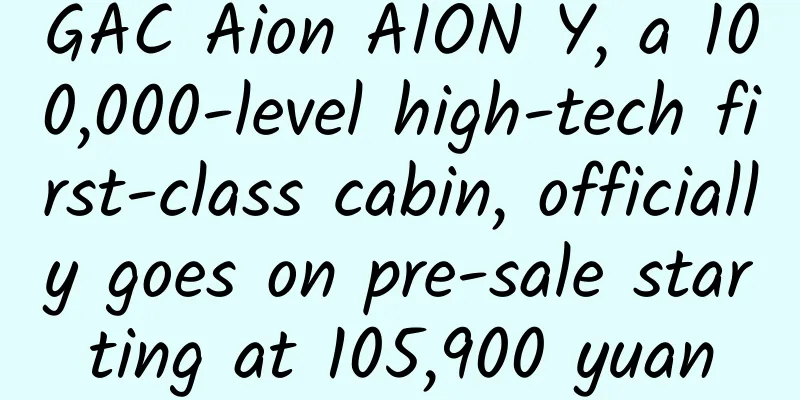Event Promotion Skills SOP

|
Today I would like to share with you my experience, including:
1. Project Execution SOP TableA successful activity execution, like project operation, requires a coordinator (project manager) to establish a project execution management table, but the project execution items of many activities are common and can be precipitated into an SOP table. Each activity execution item should include common SOP + special items. How to make a project execution management SOP form? 1) What elements does the project management table include: Stage: It can be divided into before, during and after the activity. Matters: Matters corresponding to each stage, some key matters, please see the description of each stage below for details. Responsible person: Please specify the specific person. Planned completion time/actual completion time: Plan in advance the time when things need to be completed, follow the schedule when executing, and record the final completion time. Completion status mark: The status includes To Be Started, In Progress, and Completed. After marking, the to-do items are clear at a glance. 2) Project management table update: It is recommended to hold short project meetings regularly (daily or weekly), initiated by the general manager, to keep records of project status and update the project table in a timely manner. Project management tables are essential tools to ensure that activities are carried out effectively. What are the key issues in project execution? Next, some common matters are listed for reference before, during and after the event. Specific matters need to be decided based on the specific circumstances of each event. 2. Preparation and warm-up before the eventBefore the event, we need to confirm the budget, channels, materials, data, follow up on event development, etc. After confirming these matters, we should also carry out preheating and publicity on different channels. Budget Confirmation: The budget process varies greatly from company to company, but the general principle is to calculate the input-output ratio when planning an event and confirm it with leadership. During the actual implementation of the event, budget control must be done well. Usually, when we design an activity, we have the concept of a bonus pool and provide a status prompt on the user side that the bonus has been used up. Channel confirmation: Internal channels, external channels (including partners, public channels, etc.), online channels, and offline channels (channel list) should be taken into consideration, and scheduling should be done in advance. Material confirmation: After confirming the channels, you need to confirm the materials required for each channel (Bill of Materials) and align them with the designer. Data confirmation: It is necessary to confirm in advance which data dimensions are needed, set up data points, and confirm the data acquisition logic to ensure that data can be obtained after the activity goes online (very important). We found that many product and operation personnel ignored the importance of data and did not make advance preparations. When leaders asked for data after the event, they found that a lot of data could not be obtained at all. The dimensions of data analysis should consider:
These data include the front-end data tracking records and the back-end business data records. I will share the detailed data tracking records with you when the time comes. Development follow-up: Ensure that the activity is launched normally. It is particularly important to reserve sufficient internal testing time after the activity is launched to prevent various bugs from occurring during emergency launch. Warm-up and build momentum: Once everything is ready, you can start building momentum and preheating. Common practices include revealing the benefits of the event, creating some topics for discussion, and attracting user attention; doing a countdown, reinforcing the launch time, and creating an atmosphere. 3. Marketing points in activitiesThe most important thing after the activity is launched is to monitor the data and carry out relevant marketing, including: Data broadcast: Common practices include progress reports. For example, for limited resources, you can report how much has been distributed and how much is left to create a tense atmosphere. For example, for social and achievement-driven teams, you can compare the data performance of different teams and make some award announcements. Case spread: Based on the user participation details table, we can dig out some interesting cases, such as creating some labels, such as the person who won the most awards, the luckiest person, the most diligent person, etc. Node Marketing: There should be differences in promotional points at different times. For general activities, we will set up several key nodes in advance, such as raffles, and release grand prizes at certain specific time points, so that users can maintain their enthusiasm for participation; in addition, countdown to the end of the event is also a frequently used technique. 4. Post-event review and secondary disseminationThe review and summary is not only a review of internal experience, but also a review for users for secondary dissemination. Internal review: It generally includes goal review (whether the goal was achieved), activity result analysis (what caused the result, including factors such as creativity, channels, material design, copywriting, etc.), and drawing conclusions for subsequent reference. Secondary dissemination to users: 1) Award notification: For some activities that require awarding prizes afterwards, award notification is a good opportunity for secondary marketing communication. 2) Data broadcast: Similar to the data broadcast in the event, the data broadcast can be summarized after the event, such as user participation, awards, user preference broadcast, etc. 3) Content dissemination: The content contributed by users of the event (especially important for solicitation-type activities) can be packaged and promoted. 4) Late-stage preview: Strike while the iron is hot. If there is a series of activities, make a late-stage preview while the momentum is still high. Author: Operation Lamb Source: Operation Lamb |
>>: Live broadcast room operation, process and framework!
Recommend
A complete set of activity operation planning and promotion ideas
The product is like a singer, and the operation i...
Virtual Reality Zero Distance: China's First VR/AR Conference Invites You to Participate
Virtual reality and augmented reality are high-te...
Japanese advertising is really worth learning
When talking about Japan, the first thing that co...
It will really make you laugh so hard! Doctors remind you to be careful with these actions
Recently, on a variety show, a male star dislocat...
Trump wins a big victory! What brand marketing techniques did he use to make the American people collectively behave abnormally?
Just now, according to the latest results from th...
Why is Hongmeng competing with iOS instead of Android?
Guests | Li Chuanzhao, Song Xujun Written by | Yu...
Not only can it make rice more delicious, but it can also create an "ocean ranch". There are so many surprises about iron that you don't know!
1. Iron and life from idioms Iron is not only a m...
Are new media and fan economy a cognitive bubble?
Once deep-rooted ignorance and arrogance become a...
No idea for APP promotion? One map helps you get all channels! (Super complete)
Everyone working in the Internet industry knows t...
Eight "pitfalls" that smart hardware startups need to avoid
[[149373]] 1. Intelligence for the sake of intell...
How to plan a press conference for tens of thousands of people without money, people or channels?
Today we will take a look at how a press conferen...
Tips for promoting your notes on Xiaohongshu!
In the era of social e-commerce and content e-com...
Can the "Starlink Model" compete with Starlink? Opportunities and challenges for the development of my country's satellite Internet
As an effective supplement to ground mobile base ...
Arokos: The most distant "sky"
On January 1, 2019, NASA's New Horizon probe ...
How to successfully conduct marketing promotion during the Spring Festival? This wave of explosive marketing cases is worth collecting!
With the Spring Festival approaching, brand owner...









